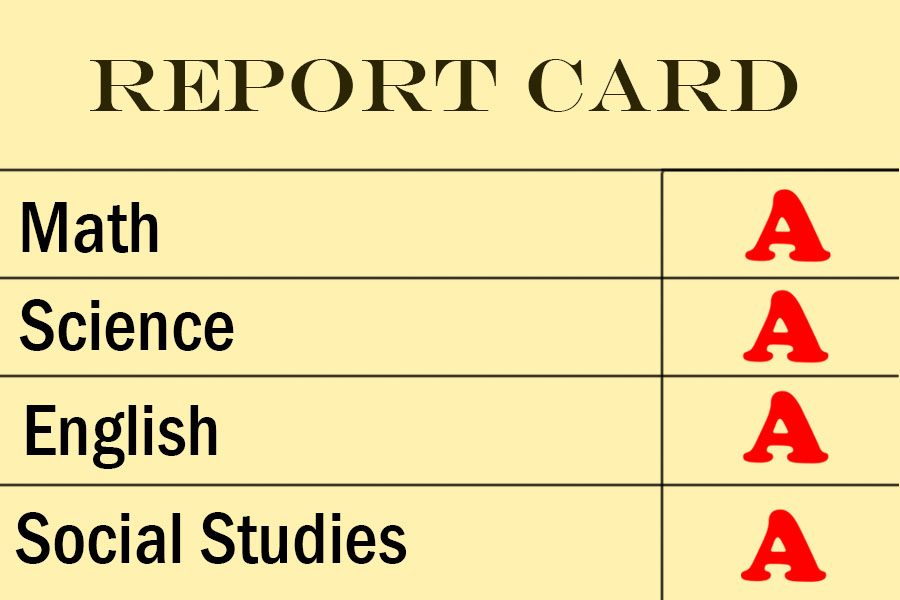Washington Post Article Spotlights Possible Grade Inflation in MCPS
The Washington Post article noted that while MCPS grades rise, scores on external assessments have not, revealing possible grade inflation.
January 16, 2019
Following a Dec. 31 Washington Post article which questioned recent MCPS policies for causing potential grade inflation, Superintendent Jack R. Smith and the community at large have once again been discussing the topic of assessing student grades.
The Washington Post article noted that while internal grades rise, scores on external assessments have not shown the same improvement, revealing possible grade inflation as the county has made earning top grades easier.
Along with the removal of final exams which many students scored poorly on, MCPS introduced a new grading policy at the beginning of the 2016-17 school year that allows students earning an A in one quarter and B in the other, regardless of which quarter the A was earned in, to receive an A for their semester grade. Since its introduction, the number of A’s earned in English and math classes have increased significantly while the number of E’s, D’s and C’s has decreased. During the first semester of the 2014-15 school year, 16 percent of students earned A’s in core math classes while nearly 32 percent of students earned A’s in the same classes during the second semester of the 2017-18 school year.
Prior to the grading change, students either had to earn an A for both quarters, or receive a B and then an A, signifying improvement, in order to earn an A for their semester grade.
MCPS issued a press release and contacted the community via email shortly after the article was published stating that the effects of the new policies are still unknown but that they will look further into the issue.
“Recent data for the class of 2018 show that there has been an increase in the number of A’s awarded to students. This increase has led some to express concern that grade inflation is taking place in our schools,” Smith said in a Jan. 9 email to parents of MCPS students. “It is possible that the changes in our grading and assessment practices have unintentionally led to grades that are not as reflective of student learning as we intended.”





